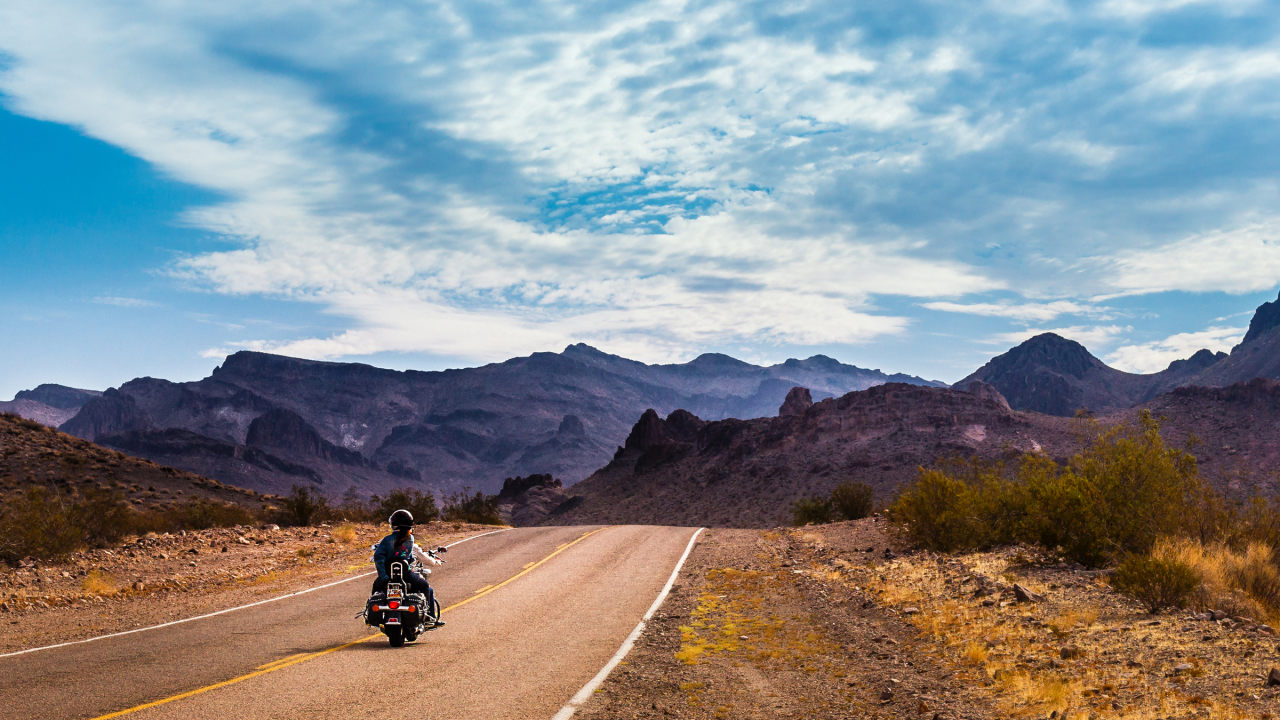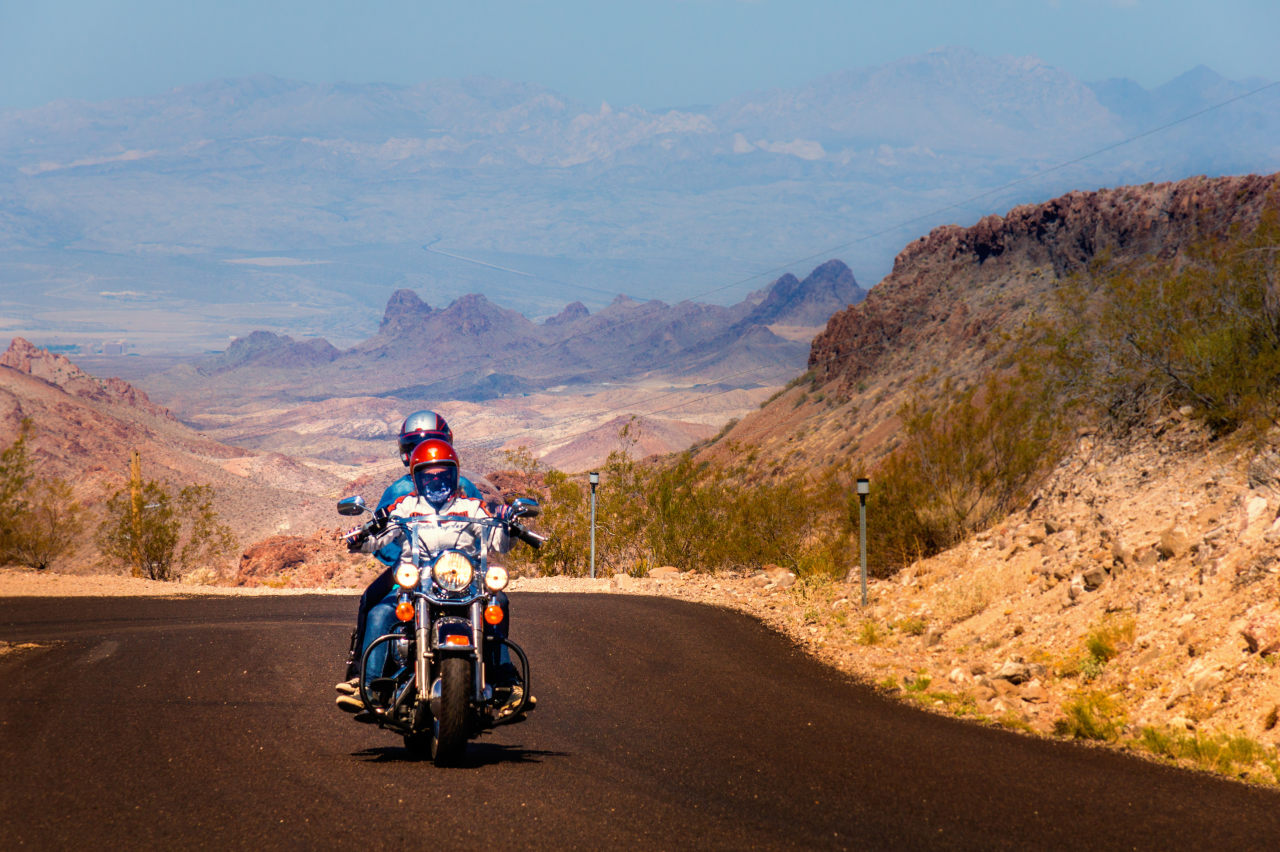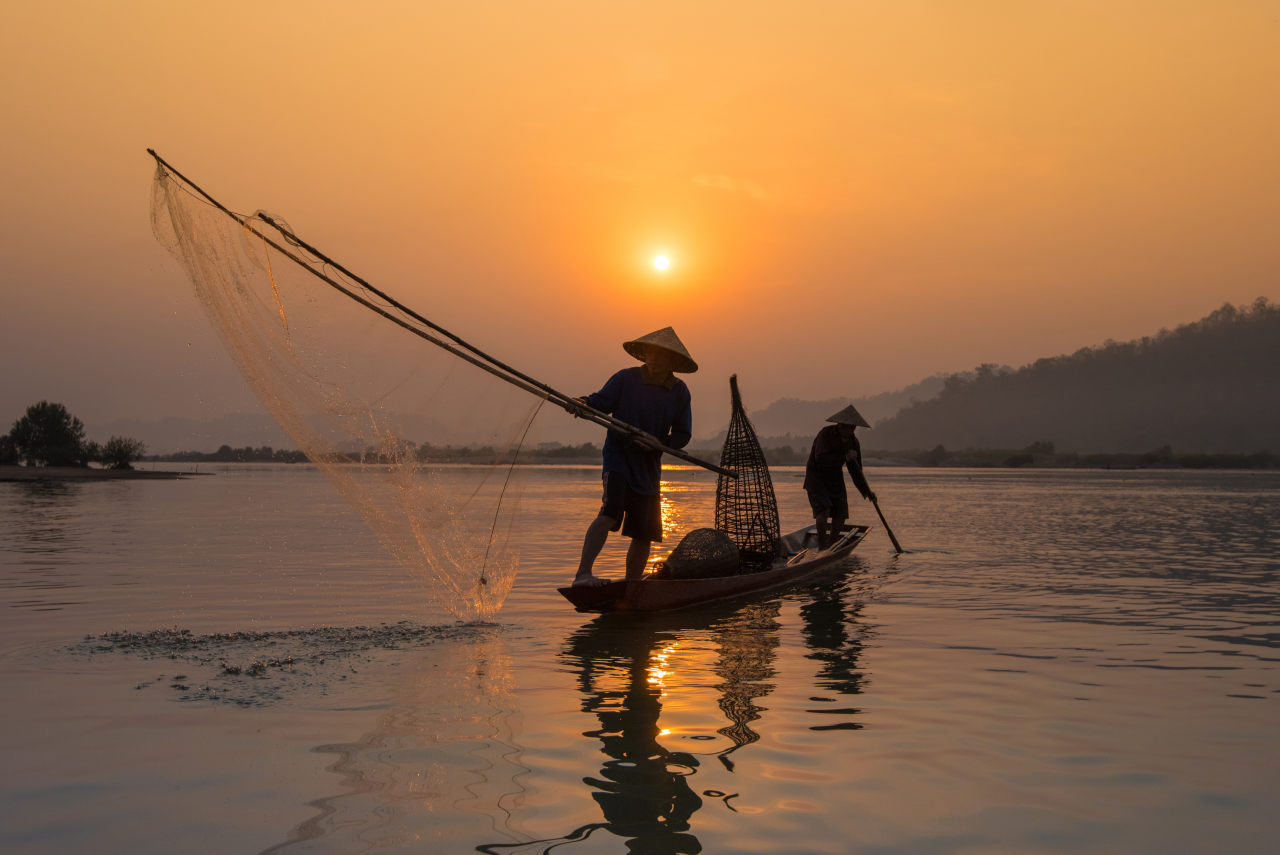7 of history’s most epic journeys
Discover the world's most amazing routes and plan some modern day exploration
Human history is a story of travel. From the very beginning, we have demonstrated an innate urge to wander, explore and discover, and our past is peppered with tales of incredible journeys to far-flung lands.
From Viking voyages around Europe to road tripping along Route 66, we’ve rounded up seven of history’s most amazing journeys. Here, discover each route’s fascinating past and plan some modern day exploration of your own.

Route 66
Seen by many as a symbol of the American spirit, Route 66 is one of the world’s most famous road trips. Covering 3,900 kms (2,451 miles) of historic road, it runs from Chicago to Los Angeles, passing through eight states and three time zones.
The route had its heyday during the 1950s when, thanks to soaring car ownership, the highway played host to free-spirited holidaymakers in search of adventure. The sense of freedom the road offered was forever enshrined in American legend with Jack Kerouac’s bestselling novel On the Road (1957).
Today, this iconic route continues to draw countless travellers, despite being officially decommissioned in the 1980s. While you can’t travel all of the original road, sections are now promoted as a heritage site. Why not drive the stretch that runs between Seligman and Kingman for breathtaking views of the Arizona desert or get a blast of nostalgia at Oklahoma’s neon-lit Route 66 Museum?

The Hippie Trail
Partly inspired by Route 66 and the great American road trip, the Hippie Trail saw hordes of young people head east in the 1960s and 70s in search of peace, love and spiritual enlightenment.
Setting off from cities across Europe, these “hippies” – so dubbed because they had long hair “to the hips” – backpacked overland towards India, the home of ancient Eastern philosophy. Travelling by land through countries such as Turkey, Iran, Afghanistan and Pakistan, they immersed themselves in as many different cultures as possible. For them, the journey mattered just as much as the destination.
For a modern, shorter take on the Hippie Trail, head to the island of Goa in India. This was where many hippies ended their pilgrimage, and the island still retains a laid-back, relaxed vibe. Alternatively, make for India’s holy city of Varanasi, another hippie hotspot, and take in its stunning temples and intoxicating culture.

The Orient Express
Immortalised by countless writers, most notably Agatha Christie, the Orient Express was the world’s most glamorous train service and remains a symbol of the Golden Age of travel.
Taking passengers from Paris to Constantinople (modern-day Istanbul), Milan or Venice, the Orient Express was spectacularly opulent. Its sleeping cars were panelled with teak inlaid with marquetry, and had seats that opened out into beds with silk sheets. There was also an on-board library and smoking room where guests could relax.
But it wasn’t just the lavishness of the train that attracted people. The 2,989-km (1,857-mile) route also passed through some of Europe’s most stunning scenery, from the snow-capped Austrian Alps to the lush valleys of the Veneto. The service was so popular that even the occasional hold-up by bandits or a day-long halt in snow didn’t discourage travellers – in fact it added to the trip’s romance.
Fancy taking your own lavish tour on this luxurious train? Try the Venice Simplon-Orient-Express, a service that retains all the elegance and charm of the original service.

The Grand Tour
From the 17th century onwards, wealthy young Englishmen journeyed across Europe on a cultural pilgrimage that came to be known as the "Grand Tour".
Travelling via Paris through France, they were headed for Italy, in particular Rome. The Italian capital was perceived as the source of western civilization, and a trip there was thought to be an essential way to broaden a young man's intellectual horizons and prepare him for a career in public life back home.
Of course, not all of these youthful travellers went to Rome with lofty notions of learning about art, architecture, history and politics – some were more interested in gambling and drinking. Whatever their purpose, most travellers left with a souvenir or two, whether that was art, antiques or a portrait of themselves standing haughtily in front of Rome's historic sights.
Enjoy a Grand Tour of your own on a trip to see the Eternal City's ancient sights, like the monumental Colosseum or breathtaking Sistine Chapel. Or, take in one or two of the other Italian cities visited by the English aristocracy, from art-filled Florence to relaxed Naples.

The Silk Road
One of the world's most famous trade routes, the Silk Road linked China to the Middle East and Europe.
The road was not composed of a single highway, but was instead a web of different routes stretching around 7,000 kms (4,300 miles) across Asia. Each year, thousands of merchants from Constantinople, Cairo and Damascus traversed these long and often arduous paths in search of sumptuous silks and exotic spices.
The Silk Road's most well-known traveller was undoubtedly Marco Polo, whose account of his travels to China from Venice, as well as time at the court of Kublai Khan, remain popular to this day. And Polo wasn't the only one to recount his journey – the Italian merchant Francesco Pegoletti wrote a detailed guidebook to the route in the 14th century, full of useful tips and tricks for navigating the route.
For a taste of the Silk Road, set a course for Xi’an in China. This bustling city was an important destination on the ancient trade route. Visit today to admire Xi’an’s Ming-era city walls and extraordinary Terracotta Army.

Viking Voyages
Hailed as the most wide-ranging voyagers of medieval Europe, the Vikings travelled far and wide in search of booty, land, trade and adventure.
Starting their explorations in the late 8th century, Viking bands from Denmark, Norway and Sweden set sail in longships – fast, shallow-draught war vessels that enabled exploration by both sea and river. These ships were to ferry the Vikings to the British Isles, Iceland, Greenland and, amazingly, across the Atlantic to North America.
The Vikings also journeyed along some of Europe's major rivers, including the Rhine and the Seine. They even launched an expedition into the Mediterranean in 859, plundering both Muslim and Christian states in Spain, North Africa, the south coast of France and Italy.
Enjoy your own Viking voyage (minus the raiding, of course) with a cruise around Europe. With countless destinations accessible, the options are endless – why not sail around Norway’s majestic fjords, wander through the bazaars of Agadir or relax on Cyprus’s sunny shores. Feeling adventurous? Head further afield to explore Iceland’s volcanoes, glaciers and waterfalls.

Charting the Mekong
Stretching 4,350 kms (2,700 miles), the Mekong is Southeast Asia's longest river. And yet its full extent was little-known until a French expedition, desiring to find a trade route into China, attempted to chart it in 1866.
Setting off from Saigon (Ho Chi Minh City) in Vietnam, the seven-man Mekong Exploration Commission followed the river's course first into Cambodia and then Laos, making stops at Phnom Penh and Luang Prabang.
Unfortunately, the expedition was often impeded by treacherous conditions. In fact, at Tang-Ho the rapids were so ferocious that the company were forced to abandon both the river and their quest, and instead travel to China on foot. Despite failing to chart the whole river, the expedition did manage to fill in some of the gaping blanks on Western maps of this part of the world.
Today, thankfully, cruising down the Mekong is a breeze. Set sail from energetic Ho Chi Minh City, journeying into Cambodia to stop off at bustling Phnom Penh and ancient Angkor Wat. Then float further north, looking out for endangered Irrawaddy dolphins near Kratie, before crossing into Laos to visit the country’s quaint capital, Vientiane, or the tranquil Luang Prabang.


